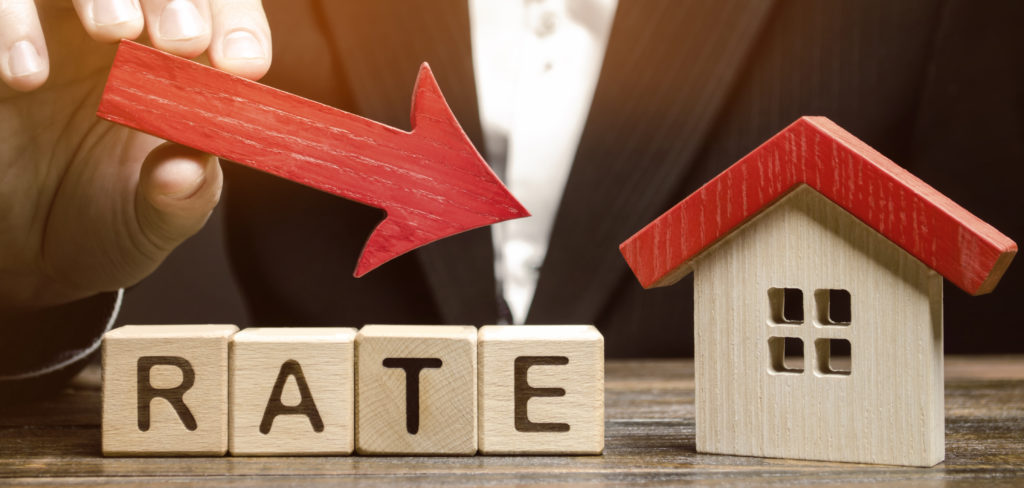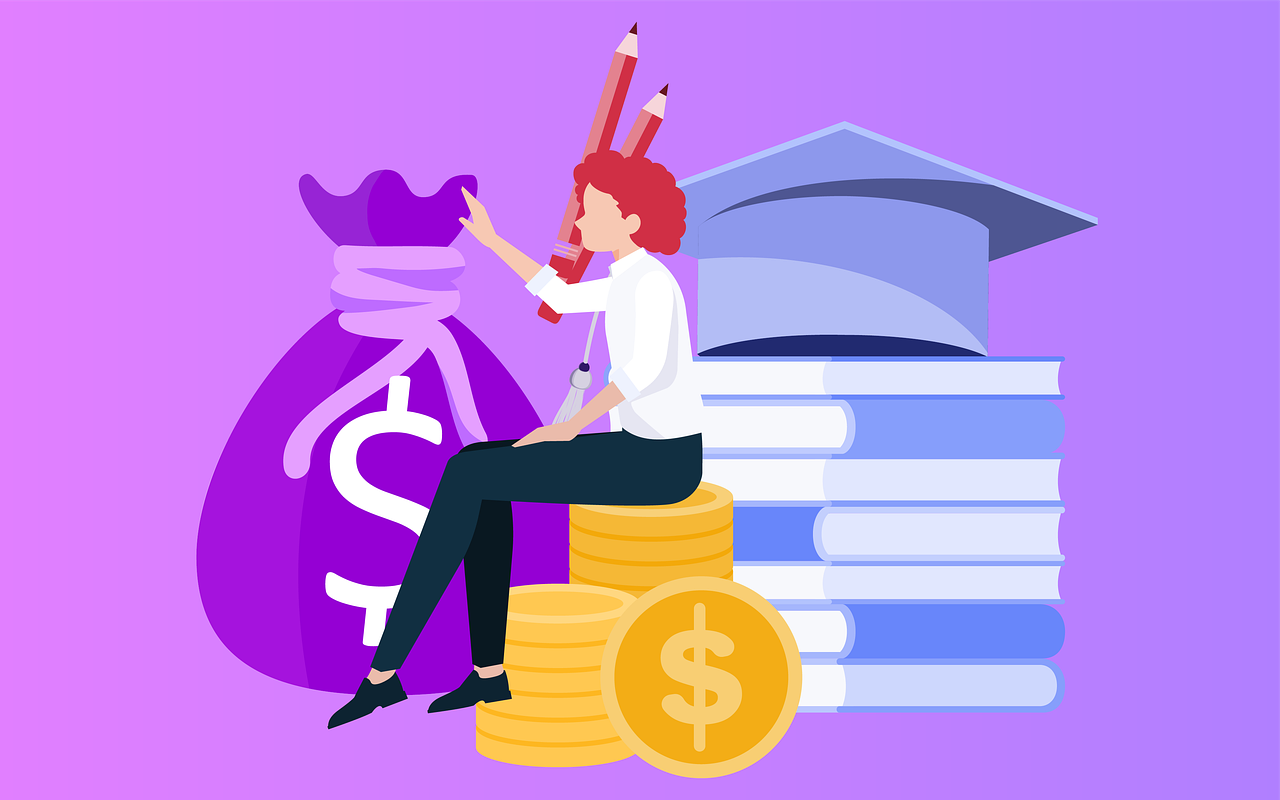Are low-interest rates and high inflation causing you concern about your savings? In this article, we discuss the impact of these economic factors on your financial goals and offer tips on how to protect and grow your savings. Learn strategies for maximizing your money in today’s economy and make informed decisions about your personal finances.
Questions Answered in this Article
- How do low-interest rates affect the growth of savings? Low-interest rates make it challenging to grow savings because the money in the account grows more slowly. This can make it difficult to reach financial goals, such as saving for a down payment on a house or starting a business.
- What options are available for growing savings besides traditional savings accounts? Options for growing savings besides traditional savings accounts include investing in stocks or mutual funds or putting money into a high-yield savings account, which typically offers higher interest rates.
- How do interest rates impact the growth of savings? When interest rates are low, it can be challenging to make money grow. For example, if the interest rate is 1% and you have $1,000 in savings, you will earn $10 in interest over a year, meaning it would take 100 years to double your money. In contrast, when interest rates are high, your money can grow more quickly.
- How can you protect your savings from the effects of inflation? To protect your savings from the effects of inflation, you can invest in assets that tend to increase in value over time, such as stocks or real estate. You can also consider purchasing inflation-protected securities, such as Treasury Inflation-Protected Securities (TIPS).
- What other strategies can be used to make the most of your money in today’s economy? Other strategies for making the most of your money in today’s economy include spending wisely, minimizing debt, and building a diversified investment portfolio. It is also important to have a budget and to regularly review and adjust it as needed.
Summary
- Low-interest rates make it challenging to grow savings as money in the account grows more slowly.
- Options for growing savings besides traditional savings accounts include investing in stocks or mutual funds or putting money into a high-yield savings account.
- When interest rates are low, it can be challenging to make money grow. In contrast, when interest rates are high, your money can grow more quickly.
- To protect your savings from the effects of inflation, you can invest in assets that tend to increase in value over time, such as stocks or real estate, or consider purchasing inflation-protected securities like Treasury Inflation-Protected Securities (TIPS).
- Strategies for making the most of your money in today’s economy include spending wisely, minimizing debt, building a diversified investment portfolio, and regularly reviewing and adjusting your budget.
How Low-Interest Rates and High Inflation Impact Your Savings
Growing Your Savings in a Low-Interest Rate Environment
For anyone trying to grow their savings, low-interest rates can be frustrating. When the interest rate on savings accounts is low, the money in the account grows more slowly. This can make it difficult to reach financial goals, such as saving for a down payment on a house or quitting a day job to start a business. Some try to offset low-interest rates by investing their money in riskier ventures, but this is not always a wise decision. Investing involves taking on some degree of risk, and there is no guarantee that an investment will pay off. As a result, people trying to grow their savings should be aware of the potential challenges of low-interest rates. However, with careful planning and a little patience, it is still possible to reach financial goals even in an environment of low-interest rates.
Savings accounts
Many people grow their savings by placing their money in a savings account. Savings accounts are a safe and accessible way to store your money, and they often offer features like ATM access and online banking. However, one downside of savings accounts is that they typically offer low-interest rates. This means that your savings will grow slowly over time, and it may be challenging to keep up with inflation. In addition, if you have a large balance in your account, the low-interest rate may not provide enough income to cover your costs. As a result, it is essential to consider all options when deciding how to grow your savings. While savings accounts are a safe and convenient option, they may not be the best choice if you are looking for a high return on your investment.
Personal Finance
Personal finance is the art of managing your money to save for the future and still have enough to cover your current expenses. A critical aspect of personal finance is finding ways to grow your savings. Unfortunately, low-interest rates make it challenging to grow your savings. When interest rates are low, banks are not paying much interest on deposits. As a result, savers earn very little on their money. To grow your savings, you need to find other ways to invest your money so that it can grow over time. One option is to invest in stocks or mutual funds. These types of investments tend to be more volatile than fixed-income investments like bonds, but they also offer the potential for higher returns. Another option is to put your money into a high-yield savings account. These accounts typically offer higher interest rates than traditional savings accounts, making them a good choice for savers looking for ways to grow their money.
Interest rate
Interest rates play a critical role in how quickly your savings will grow. When interest rates are low, as they are now, it can be challenging to make your money grow. For example, if you have $1,000 in savings and the interest rate is 1%, you will earn $10 in interest over a year. This means that it would take 100 years to double your money. In contrast, when interest rates are high, your money can grow much more quickly. For example, if the interest rate is 10%, you would earn $100 in interest on your $1,000 after just one year. This demonstrates how important it is to keep an eye on Interest rates when you are trying to grow your savings. While Interest rates are out of your control, knowing how they can impact your long-term financial goals is still essential.
Higher interest rates
When interest rates are low, it can be challenging to grow your savings. Although you may be able to save a bit of money each month, the low-interest rates mean that your money will not grow as quickly. In contrast, when interest rates are high, your money will grow more quickly. Higher interest rates encourage people to save money, as they know their money will grow faster. As a result, even if you can only save a small amount of money each month, you will still be able to grow your savings relatively quickly. On the other hand, low-interest rates can make it challenging to reach your financial goals.
Strategies for Protecting Your Savings from Inflation
When inflation is high, the prices of goods and services rise. This means your money doesn’t go as far as it used to. Over time, high inflation can significantly impact your purchasing power. For example, if the inflation rate is 3%, a $100 item will cost $103 a year. In 10 years, that same item would cost $116.97.
As you can see, inflation can slowly but surely erode the value of your money. That’s why it’s essential to keep an eye on the inflation rate and factor it into your financial planning. By doing so, you can help to protect yourself against the adverse
Inflation impacts purchasing power
One of the main ways that inflation impacts your finances is by affecting your purchasing power. You need more money to buy the same goods and services when prices go up. Over time, this can significantly impact your standard of living. For example, if you are used to spending $100 per month on groceries, you would need to spend $103 per month if the inflation rate is three percent. In other words, you would have less money to spend on other things. This is one of the main reasons why it’s essential to keep an eye on inflation and factor it into your financial planning. By doing so, you can help protect yourself against inflation’s adverse effects.
There are several ways to protect yourself against the adverse effects of inflation. One option is to invest in assets that have the potential to keep pace with or outpace inflation. These assets include things like stocks, real estate, and commodities. They tend to be more volatile than other investments, but they can offer a higher rate of return.
When it comes to saving money, there are several factors to consider. Two critical factors are interest rates and inflation. Here’s a look at how these two factors can impact your savings.
Maximizing Your Money in Today’s Economy
When interest rates are low, it can be challenging to grow your savings. However, you can do a few things to protect yourself against low-interest rates. One option is to choose a high-yield savings account. These accounts typically offer higher interest rates than traditional savings accounts, making them an excellent choice for anyone looking to maximize their earnings. Another option is to invest in short-term bonds. Although bonds typically have lower returns than stocks, they are also less volatile, making them less likely to lose value if interest rates rise. Finally, you can ladder your investments. This means investing in a mix of short-term and long-term bonds, which will help you take advantage of higher returns when interest rates are low without taking on too much risk. Following these tips can protect you against low-interest rates and keep your savings growing.
Consumer price index
Consumer prices are rising steadily, but the interest rates on savings accounts are not keeping pace. As a result, many savers see the purchasing power of their money decline. One way to protect yourself against this erosion of purchasing power is to choose a high-yield savings account. These accounts typically offer much higher interest rates than traditional savings accounts, which means your money will grow more quickly. In addition, many high-yield savings accounts offer features such as customer loyalty programs and debit card rewards that can further boost your earnings. By choosing a high-yield savings account, you can help to ensure that your money keeps pace with the cost of living.
Protecting yourself against high inflation by investing in assets that have a higher rate of return
Inflation measures the overall increase in prices for goods and services. While a small amount of inflation is considered healthy for an economy, high inflation can be detrimental, causing the cost of living to rise and eroding the purchasing power of salaries and savings. For individuals, high inflation can be a financial risk. One way to protect against the adverse effects of inflation is to invest in assets with a higher rate of return. Over time, these assets will increase in value at a faster rate than inflation, preserving the actual value of your investment. In addition, investing in assets with a higher return rate can help you build wealth over time, providing you with greater financial security in retirement.
Rising interest rates
Rising interest rates can have a significant impact on your finances. If you have a loan with a variable interest rate, your monthly payments will increase as rates go up. And if you’re saving for retirement, higher rates can eat into your investment returns. One way to protect yourself against high inflation is to invest in assets with a higher rate of return. For example, stocks tend to outperform bonds in periods of rising inflation. So if you’re concerned about inflation, consider rebalancing your portfolio to include more stocks. This will help to ensure that your investment returns keep pace with the cost of living.
Beat inflation
Investing is one of the best ways to protect your finances against inflation. Over time, prices for goods and services tend to increase, eating away your purchasing power. But if you invest in assets with a higher rate of return than the inflation rate, you can help offset the effects of inflation and even grow your wealth over time. Several asset classes can offer a higher rate of return than inflation, including stocks, bonds, and real estate. By diversifying your investments across these different asset classes, you can further protect yourself against the risk of inflation. So if you’re looking to beat inflation, investing is one of the best ways.
Other investments
Several other investments can offer protection against inflation. One option is to invest in commodities, such as gold and silver. These commodities have historically maintained their value over time, even with high inflation. Another option is to invest in real estate. While the price of real estate can fluctuate in the short term, it has tended to keep pace with inflation over the long term.
Making the most of your savings by keeping an eye on both interest rates and inflation
For anyone with savings, it’s essential to keep an eye on both interest rates and inflation. Interest rates dictate how much money you’ll earn on your money, while inflation affects the purchasing power of your money. Understanding these factors allows you to make the most of your savings.
Interest rates are currently at historic lows, so savers are not earning much on their money. However, this low-interest rate environment is also helping to keep inflation in check. As a result, savers need to be proactive to make the most of their money. One option is to invest in assets that offer the potential for appreciation, such as stocks or real estate. Another option is to take advantage of low-interest rates by refinancing debt or taking out a home equity loan. By understanding both interest rates and inflation, savers can make the most of their money.
Treasury inflation-protected securities
Treasury inflation-protected securities (TIPS) are a type of bond designed to protect against the risk of inflation. The government issues TIPS, and their interest payments are linked to the consumer price index (CPI). As CPI rises, so make the interest payments on TIPS. This makes them an ideal investment for savers concerned about inflation’s effects. TIPS may be worth considering if you’re looking for a way to protect your savings from inflation.
Labor statistics
Labor statistics can provide valuable insights into the health of the economy. For example, the unemployment rate is a critical metric that economists used to gauge the labor market’s strength. When the unemployment rate is low, it usually means that businesses are hiring, and the economy is doing well. On the other hand, when the unemployment rate is high, it can be a sign that the economy is struggling. Labor statistics can also provide insights into wage growth, which inflation can affect. By tracking labor statistics, you can better understand the health of the economy and how it might impact your savings.
Conclusion:
It’s essential to keep an eye on both interest rates and inflation to make the most of your savings. By choosing a high-yield savings account, you can protect yourself from low-interest rates, and by investing in assets with a higher rate of return, you can protect yourself from high inflation. Remember to stay vigilant and keep track of both rates so you can make the most of your money! We’ve compiled a list of some of the best banking products and services available at Edfed. Check it out now!















